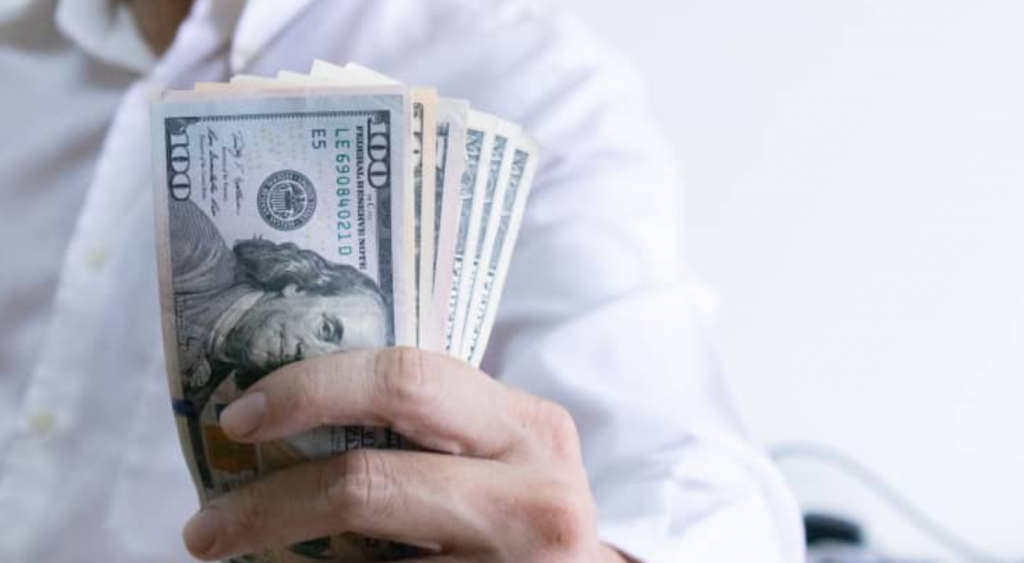
The dollar fell to its lowest in more than two months on Friday after U.S. jobs data for April came in well below expectations, putting a damper on hopes that a roaring economic recovery would lead to higher rates any time soon.
Nonfarm payrolls increased by only 266,000 jobs last month after rising by 770,000 in March, the Labor Department said in its closely watched employment report on Friday. Economists polled by Reuters had forecast payrolls advancing by 978,000 jobs.
The dollar was down 0.34% at 90.561 against a basket of major currencies, having dropped as low as 90.338, its lowest since Feb. 26, following the data.
“The dollar is really getting spanked this morning,” said Boris Schlossberg, managing director of FX strategy at BK Asset Management.
“The number was so out of consensus, that I think the market expectation of super-high rates and a squeeze on inflation is going to go down by the wayside, and that obviously means more liquidity from the Fed,” he said.
It also means U.S. interest rates will stay at ultra-low levels for quite a while and that is going to keep the pressure on the dollar, Schlossberg added.
The euro was up 0.44% against the greenback at $1.21140 and the British pound was up 0.3% at $1.3933.
“This is only one report, but this is changing many traders’ thinking on how this recovery is unfolding,” said Edward Moya, senior market analyst at FX broker OANDA, in New York.
Elsewhere, China’s exports unexpectedly accelerated in April and import growth hit a decade high, helping to push the yuan and Asian stocks higher.
China’s yuan was at a more than two-month high versus the dollar, set for its longest weekly winning streak since September, helped by the strong trade data and softer dollar.
The MSCI emerging market currency index hit a record high of 1732.79 on Friday, lifted by gains in the Chinese yuan. Monex Europe’s Harvey said that emerging market currencies were also benefiting from the “commodity supercycle”.
The Canadian dollar was up 0.27% at 1.2185 to the U.S. dollar, having surged on Thursday to its strongest in more than three years.
The Australian dollar was up 0.19% versus the U.S. dollar, at 0.77995, more than recouping losses from earlier in the session.
The Aussie has been supported by a strong rally in the prices of Australia’s top export earner, iron ore.
“We expect the likes of AUD, CAD and NOK to remain well supported with the backdrop for positive optimism over global growth still quite favorable”, MUFG head of research Derek Halpenny wrote in a note.
In cryptocurrencies, ether rose 0.51% to $3,507.92, having hit a all-time high on Thursday.
Bitcoin was up 1.4%, at $57,237.60.




























